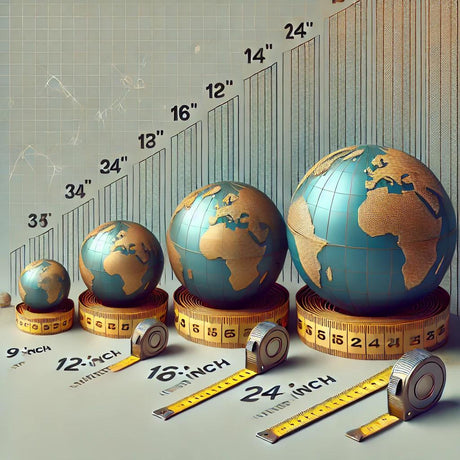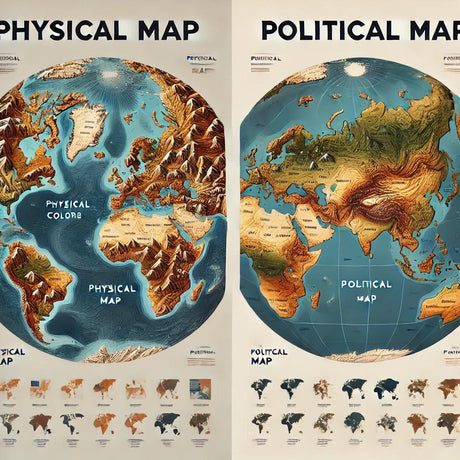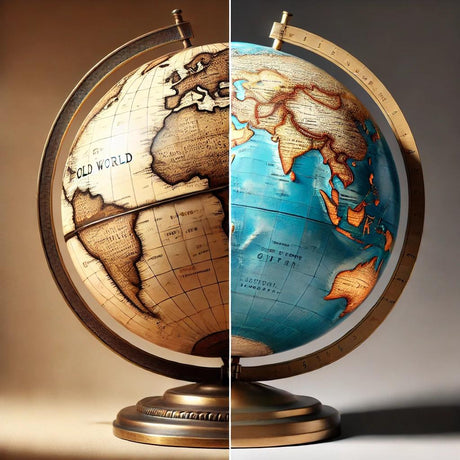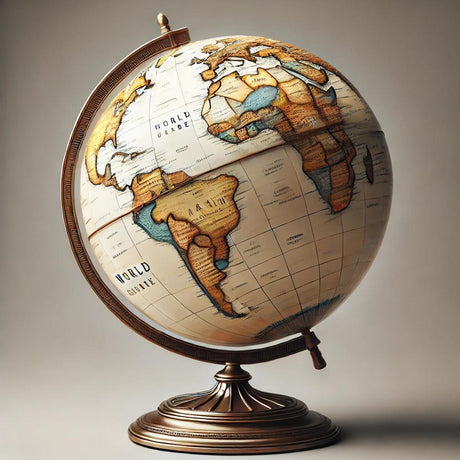
Globes have long been appreciated for their educational value, not only in geography but also in the study of history. By providing a three-dimensional representation of the Earth, globes help students visualize and understand historical events, ancient civilizations, and the geographical context of different eras. Here's how globes can enhance the study of history.
Visualizing Historical Events
One of the primary benefits of using a globe in history education is the ability to see the geographical context of historical events. Unlike flat maps, globes provide a more accurate representation of the Earth, allowing students to better understand the spatial relationships and distances between different regions. This helps in comprehending the movement of armies, trade routes, and exploration journeys.
Understanding Ancient Civilizations
Globes are excellent tools for studying ancient civilizations and their geographical settings. By examining a globe, students can locate the regions where ancient civilizations thrived, such as Mesopotamia, the Indus Valley, and ancient Egypt. This spatial perspective helps students grasp the significance of natural features like rivers, mountains, and deserts in the development of these civilizations.
Mapping Historical Exploration
Historical explorations and the Age of Discovery are best understood with the help of a globe. Students can use globes to trace the routes of famous explorers like Christopher Columbus, Ferdinand Magellan, and Marco Polo. This hands-on approach makes learning about exploration more engaging and provides a clearer picture of how these journeys impacted global history.
Contextualizing Historical Boundaries
Over the centuries, political boundaries have shifted dramatically. Globes can help students visualize these changes by providing a reference point for understanding historical maps and the evolution of country borders. This is particularly useful for studying the rise and fall of empires, colonialism, and the impact of wars on territorial boundaries.
Enhancing Spatial Awareness in History
Using a globe in history education improves students' spatial awareness, which is crucial for understanding the broader implications of historical events. It helps students develop a better sense of direction and location, aiding in the comprehension of global trade, migration, and cultural exchanges. Globes also encourage curiosity and exploration, making history more interactive and interesting.
Conclusion
Globes are indispensable tools for studying history, offering a three-dimensional view of the world that enhances understanding and retention of historical concepts. They help students visualize historical events, ancient civilizations, exploration routes, and political boundaries, providing a hands-on way to learn about the past. Incorporating globes into history education can make learning more effective and enjoyable.
For more information on high-quality globes that can be used for educational purposes, visit Ultimate Globes.




